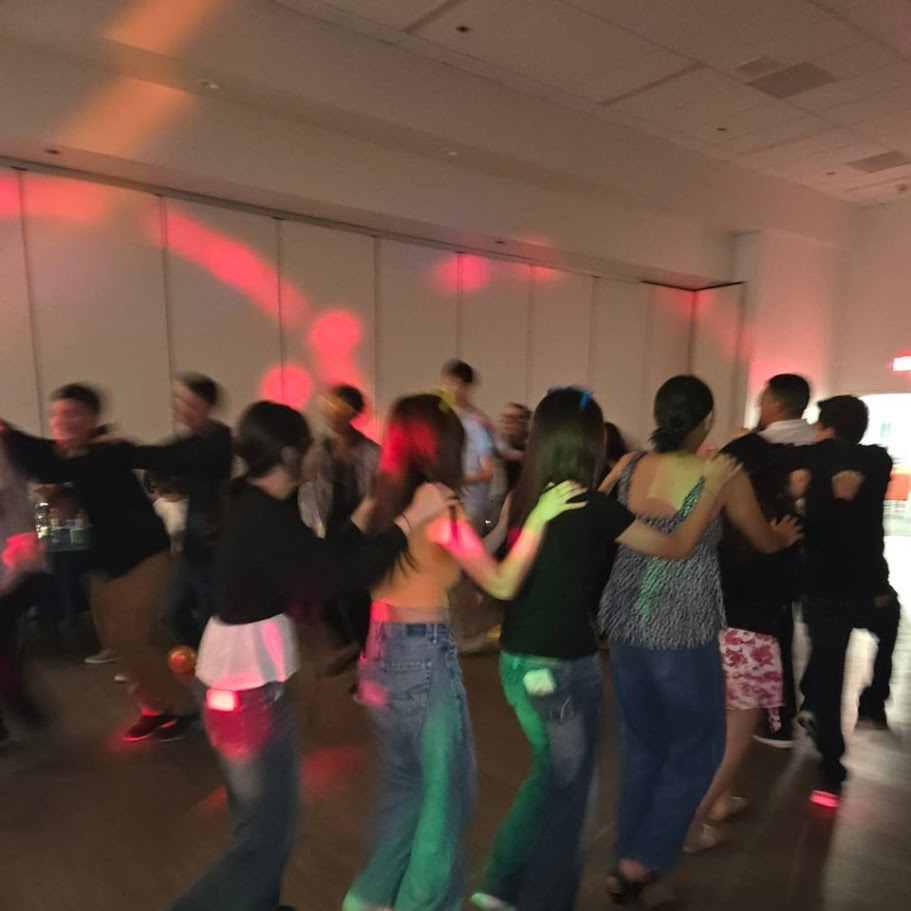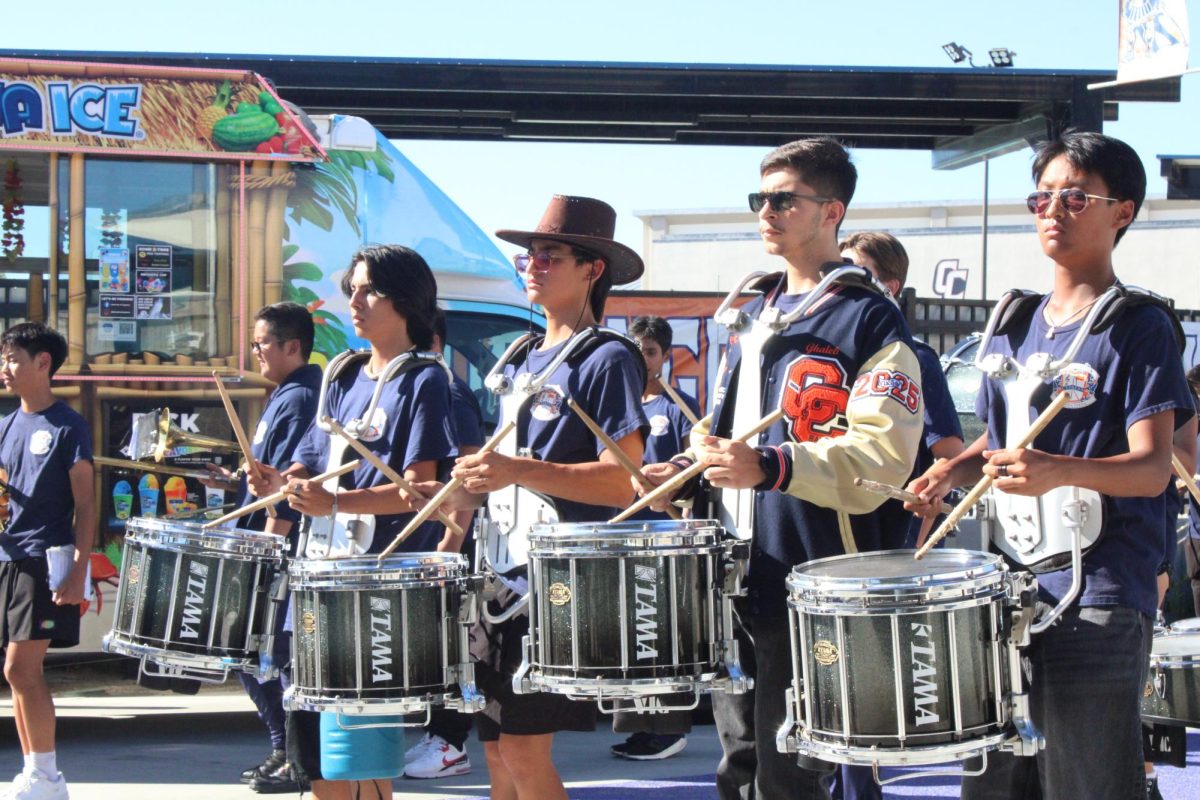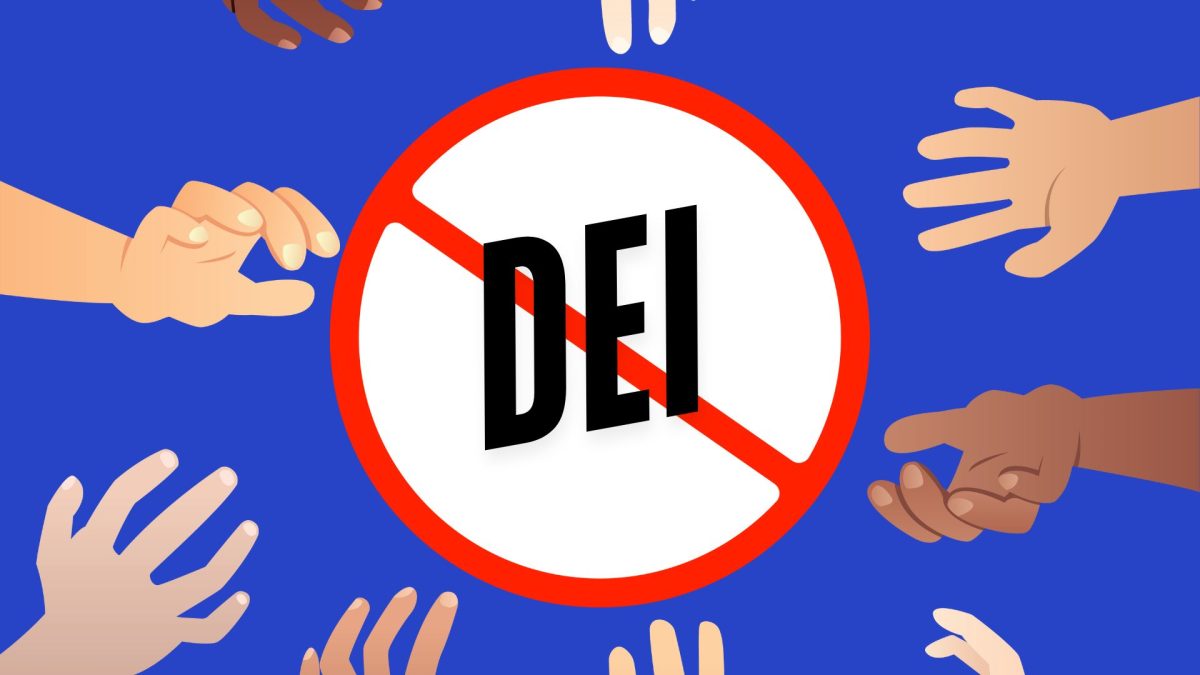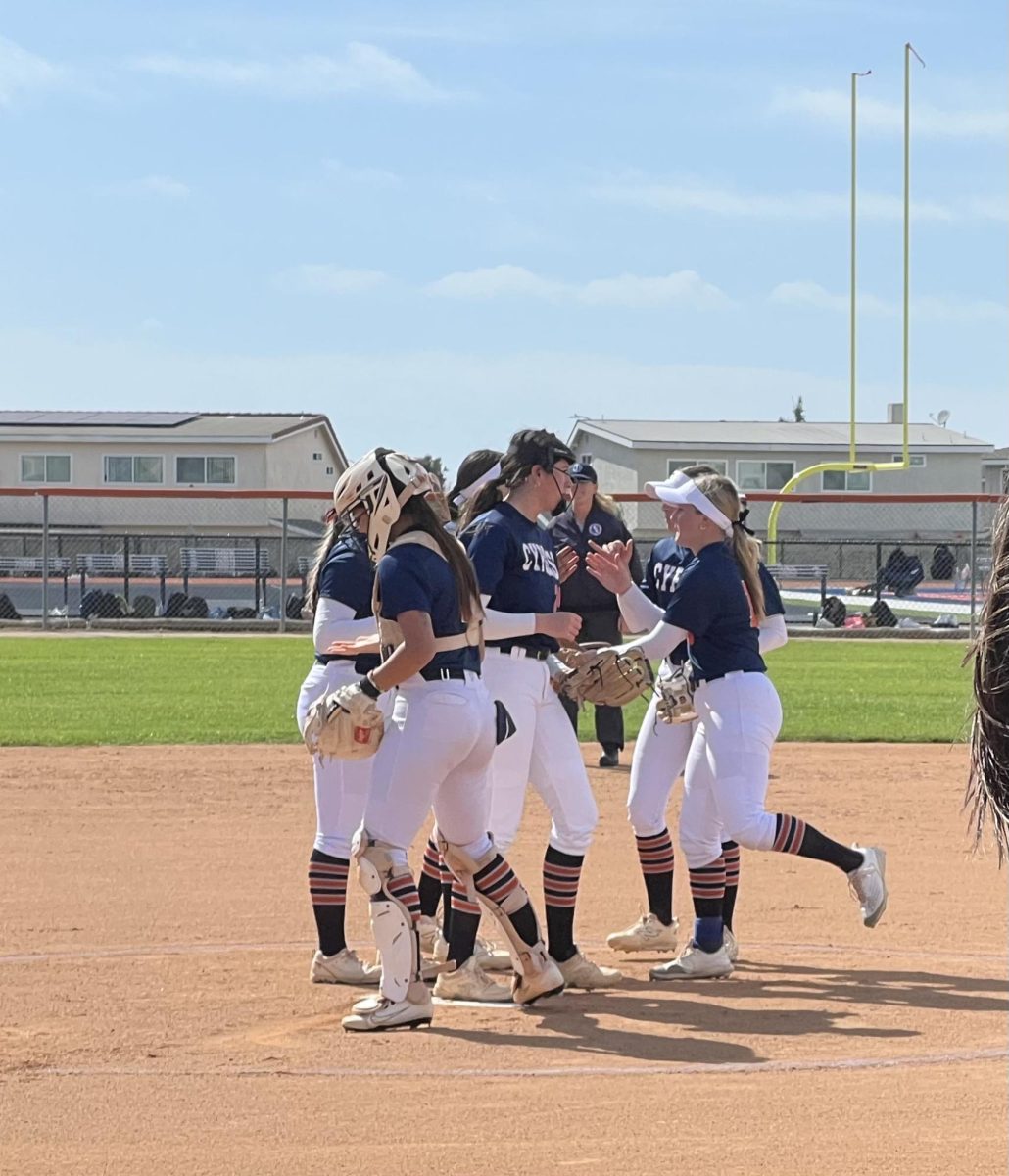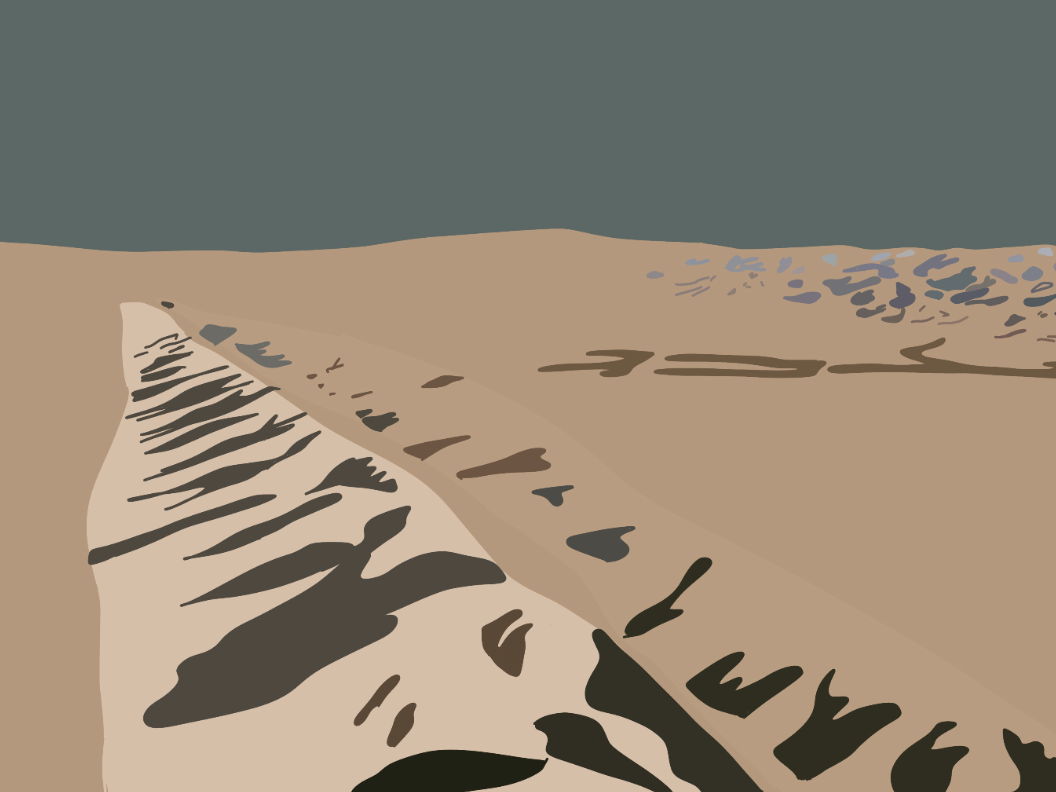Recently, a 3.4 earthquake near Huntington Beach on December 22nd and a 4.2 earthquake in Los Angeles on January 5th abruptly shook the peaceful grounds during winterbreak. According to the National Earthquake Information Center, there are about 55 earthquakes each day occuring around the world, which usually never surpass a 3.0 magnitude. However, earthquakes going over the safety ranges are being felt more often than before; there are rising concerns for the appearance of a drastic earthquake that can shake us all.
In the San Andreas Fault, earthquakes, or shifts in tectonic plates, always occur, but they are usually hard to feel or notice. The North American plate and the Pacific Plates grind past each other, creating the San Andreas Fault zone and all of the sister faults on it. As those plates keep moving, the rock builds up stress and pressure, and eventually have to snap.
Earthquakes are not always predictable, but they can somewhat be forecasted. Biology teacher Mr. Franks said, “Sixty miles northwest of Cypress on San Andreas Fault, extending all the way down to near Palm Spring has been locked up for hundreds of years. There has not been a major earthquake for 250 years so what can happen will eventually have to happen. We have an earthquake drill every year because we will eventually have a magnitude 8.0 earthquake here. You never know. It might happen during our lifetime or it might not. You can’t predict them but you can forecast this area right here that there’s going to be a big quake pretty soon, so we should probably better be prepared for it here.”
When an earthquake occurs, we come to wonder whether it was a foreshock, the big one, or the aftershock. Whether it is a big or a small earthquake, there will be more as it settles back in, and despite some dangers, the natural shake of the region provides a better surface for us to live upon.
Chemistry and Environmental Science Teacher Mrs. Brunet explained, “We haven’t had a lot of big earthquakes, so what happens with our San Andreas Fault is it builds up pressure. Since we haven’t had a lot of them, they’re going to happen. It’s good for us to have little ones, so it doesn’t build up a huge amount of pressure so we have a giant one. The little ones that don’t cause too much damage, even though they are scary, are actually good.”
While we are unable to know when the dangerous shakeout will occur, we are able to stay aware through the small signals from safer earthquakes, and become prepared when the day comes.







